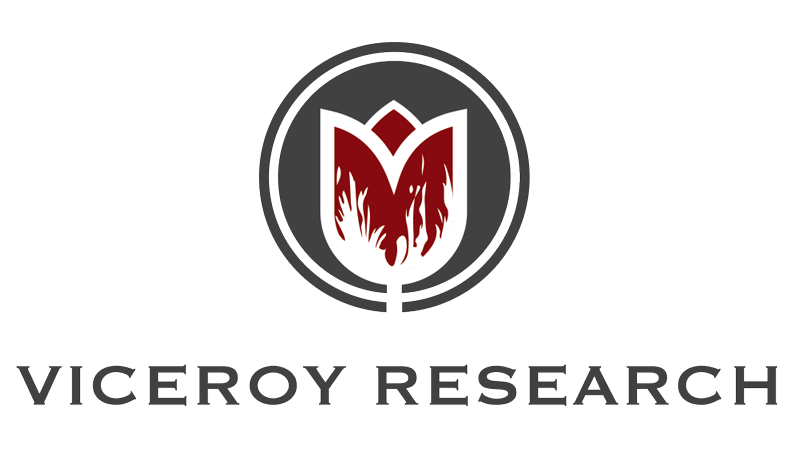July 23, 2025 – Minova Runaya Private Limited is a 49% Promoter-owned entity, whose only business is to siphon cash from GoI-backed Hindustan Zinc Limited (HZL). Like Serentica Renewables, this parallel structure was established by the Promoter group to engage in margin theft and enjoy favorable, non-arm’s length arrangements from HZL, hidden from VRL’s creditors.
- HZL has been Minova Runaya’s only customer since its inception.
- HZL is contractually obligated to procure its entire requirement of ground support products from Minova Runaya. This is a promoter-mandated monopoly.
- HZL bears the entire input cost risk for Minova Runaya. Pricing is governed by a formula-based mechanism indexed to steel, crude oil, and inflation, effectively guaranteeing Minova Runaya’s profits.
- Minova Runaya sells resin capsules, rock bolting systems and wire mesh: standardized and commoditized products readily available elsewhere for a lower price.
- Despite supplying HZL since at least FY21, the Company admits it manufactured nothing until FY24, when it started making wire mesh.
- Minova Runaya generates a consistent unjustifiable 30% gross margin, effectively draining HZL of value for the Agarwals’ benefit.
- These stolen funds are split 51:49 and distributed to Minova Runaya’s 2 JV partners, Minova Minetek and Agarwal-owned Runaya Metsource via dividends, far from the reach of VEDL’s stakeholders as well as VRL’s creditors.
- Minova Runaya consistently declares that HZL accounted for more than 100% of revenues during the year. This is impossible under any accounting standard.
- In its related party disclosures, Minova Runaya claims to have sold ₹544 crore ($63.7m) in fixed assets to HZL since FY21, something that is not reflected in their financial accounts, or HZL’s filings.
We’d also like to address the various analysts, debt rating agencies, proxy advisors and HZL directors and management that have defended Vedanta’s stewardship. The filings in this report cost ₹449 ($5.25) to obtain, and the images of the factory have been available on its Google Maps profile since 2020. These red flags are neither well concealed, nor complicated to understand.
